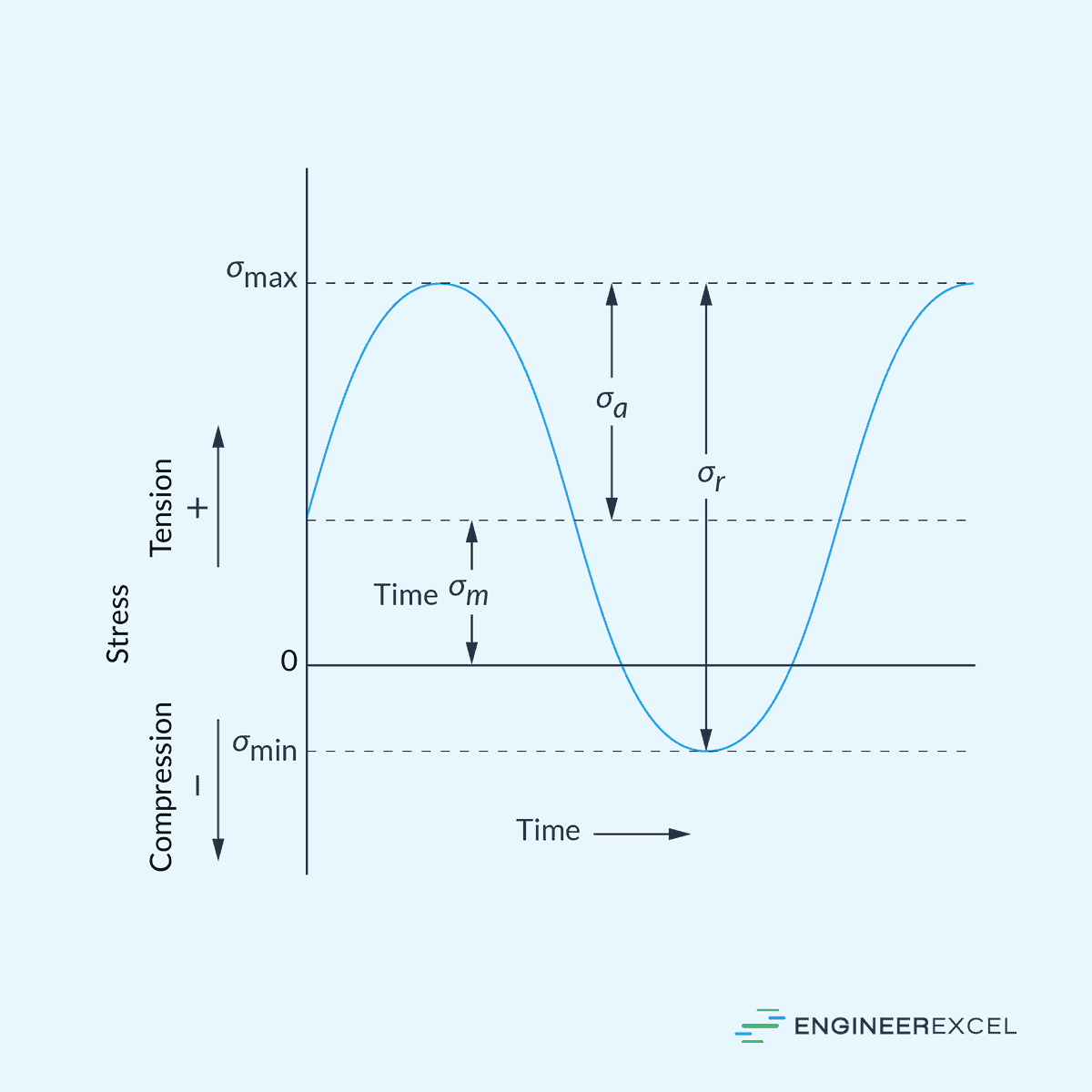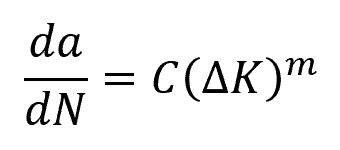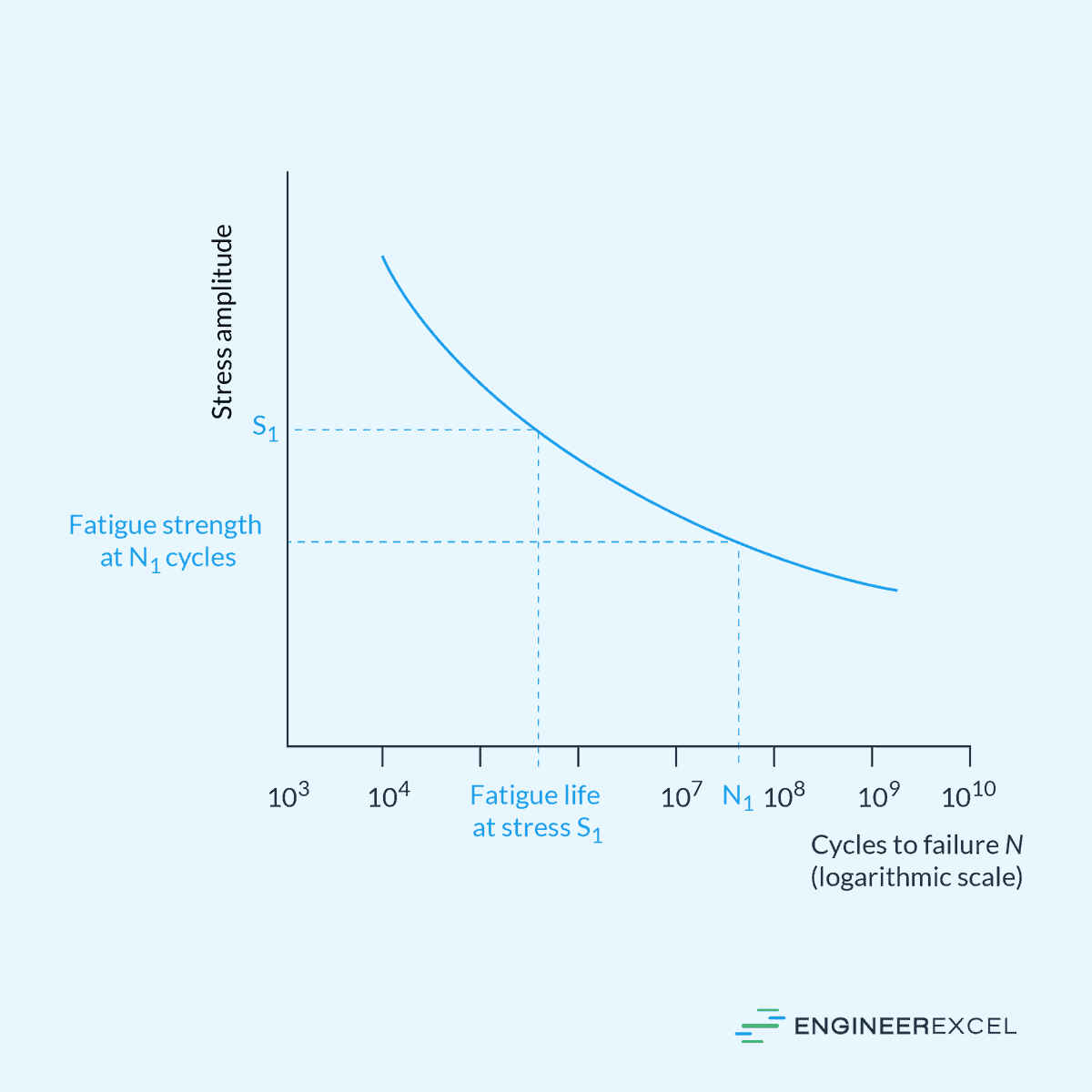Fatigue failure refers to the weakening and eventual fracture of a material under cyclic loading, typically occurring after repeated stress cycles below the material’s ultimate strength. It is characterized by the propagation of cracks over time, leading to structural failure. In this article, we will discuss the mechanics of fatigue failure, its stages, testing, and prediction techniques.
Understanding Fatigue Failure
Fatigue failure refers to the phenomenon of a material failing under repeated or cyclic stress that is lower than the material’s ultimate tensile strength. This type of failure is particularly deceptive because it can lead to sudden and catastrophic failure, often without prior indication that a material is nearing its breaking point.

The process of fatigue failure begins with the formation of microscopic cracks, which typically occur at stress concentrations such as notches or on the surface of a material where irregularities are present. With each cycle of loading, these cracks expand incrementally.
Over time, as the loading continues, the material’s cross-sectional area capable of bearing the load diminishes. Eventually, the weakened area can no longer support the load, resulting in rapid fracture and failure.

Elevate Your Engineering With Excel
Advance in Excel with engineering-focused training that equips you with the skills to streamline projects and accelerate your career.
Understanding the mechanics of fatigue failure enables engineers to predict the lifespan of materials and structures under cyclic loading conditions and to design them to avoid premature failure. By incorporating knowledge of fatigue failure into the design process, engineers can ensure that components and systems have the necessary resilience to endure their expected life cycles.
Stages of Fatigue Failure
Fatigue failure typically progresses in three stages: crack initiation, crack propagation, and final fracture.
Crack Initiation
The crack initiation stage is the initial phase where microscopic cracks begin to form within a material due to the repeated application of stress, leading to localized plastic deformation at areas of stress concentration. Common sites for crack initiation include surface imperfections, sharp corners, notches, or grain boundaries within the material. The duration of the crack initiation phase can vary widely depending on the material, the level of stress applied, and the operating environment.
Crack Propagation
Following initiation, crack propagation stage occurs, during which initial microscopic cracks that formed during the crack initiation stage grow progressively. This stage is characterized by a crack growth rate that accelerates as the crack length increases, due to the larger stress intensity factors at the crack tip. The propagation of cracks typically follows distinct patterns, often producing striations on the fracture surface, indicative of the cyclic nature of the loading.
Paris’ law is a commonly used empirical relation that describes the crack growth rate in this stage, written as:

Where:
- a = crack length [m]
- N = number of load cycles [unitless]
- ΔK = range of the stress intensity factor [Pa-m0.5]
- C = material constant [(m/cycle)/(Pa-m0.5) m]
- m = Paris’ law exponent [unitless]
The material coefficients and Paris’s law exponent are obtained experimentally and are dependent on the environment, frequency, temperature, and stress ratio.
Final Fracture
Eventually, the material reaches the final fracture stage where the remaining cross-sectional area can no longer support the maximum stress. The crack accelerates rapidly leading to catastrophic failure. Unlike the prior stages, final fracture happens swiftly, often with little warning, resulting in the component’s ultimate failure and complete separation.
Fatigue Failure in Different Materials
Different categories of materials, such as metals, polymers, and ceramics, respond differently to cyclic loading due to their unique microstructures and mechanical properties.
Metals and Alloys
Metals and alloys are generally more susceptible to fatigue failure because of their ductile nature. For instance, steel, under cyclic stress, may exhibit fatigue crack initiation at stress levels significantly lower than its ultimate tensile strength. Studies suggest that approximately 90% of mechanical engineering failures are attributable to fatigue in such materials.
Polymers and Composites
Polymers and composites experience fatigue failure differently than metals. They often show more variability in their fatigue life due to factors like micro-void coalescence and fiber-matrix interactions.
Ceramics and Glass
Ceramics and glass, known for their brittle nature, fail primarily through the growth of pre-existing flaws under cyclic loading. Theories of failure for ceramics, such as the Tresca criterion, can predict the onset of yielding. These materials may not experience traditional fatigue in the same way metals do due to their low tolerance for damage before catastrophic failure.
Non-Destructive Testing of Fatigue Failure
Non-destructive testing (NDT) techniques are essential in identifying potential fatigue failure in materials without causing damage.
Visual Inspection
Visual inspection is the most basic form of NDT and involves a thorough examination of a component’s surface for signs of fatigue, such as cracks or deformation. It requires adequate lighting and may also utilize magnification tools to identify small surface irregularities that could precede failure.
Ultrasonic Testing
Ultrasonic testing utilizes high-frequency sound waves to detect internal flaws within a material. A transducer introduces these waves, and by analyzing the reflected sound, one can identify inconsistencies indicative of fatigue damage. This method is precise and can locate flaws deep within a component.
Magnetic Particle Inspection
Magnetic particle inspection is used to detect surface and near-surface discontinuities in ferromagnetic materials. During this process, the material is magnetized, and iron particles are applied to the surface. The presence of a surface-breaking flaw will disrupt the magnetic field and cause the particles to gather, forming an indication visible to the inspector.
X-ray and Radiographic Testing
X-ray and radiographic testing involve the use of high-energy electromagnetic radiation to create images of a component’s internal structure. These images reveal differences in material density, showing discontinuities such as cracks or voids that could lead to fatigue failure. Both film-based and digital detectors are used to record the images for further analysis.
Predictive Modeling Techniques
Stress-Life (S-N) Approach
The Stress-Life (S-N) approach is a traditional method for predicting fatigue life. It correlates the applied stress levels on a material with the number of cycles to failure, represented as an S-N curve. These curves are derived empirically from laboratory testing where materials are subjected to constant amplitude loading.

The stress-life approach is normally used for high-cycle fatigue where the number of cycles to failure exceeds 10,000 cycles.
Strain-Life (ε-N) Approach
The Strain-Life (ε-N) approach, by contrast, is used for low-cycle fatigue scenarios where the number of cycles to failure is less than 10,000. It takes into account not just the stress but the strain on a material, providing a more comprehensive view. This method is particularly suited for predicting fatigue failure in ductile materials where plastic deformations play a significant role.

Fracture Mechanics Approach
Finally, the Fracture Mechanics Approach focuses on the growth of existing cracks within materials and how these propagate under stress. This approach is critical when dealing with materials that already contain pre-existing flaws or when the application involves critical structures that cannot tolerate failure. Using principles like Paris’ law, it predicts the rate of crack growth per cycle, thereby estimating the remaining life of the component.
